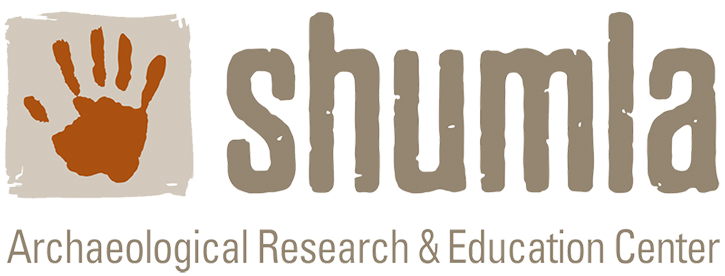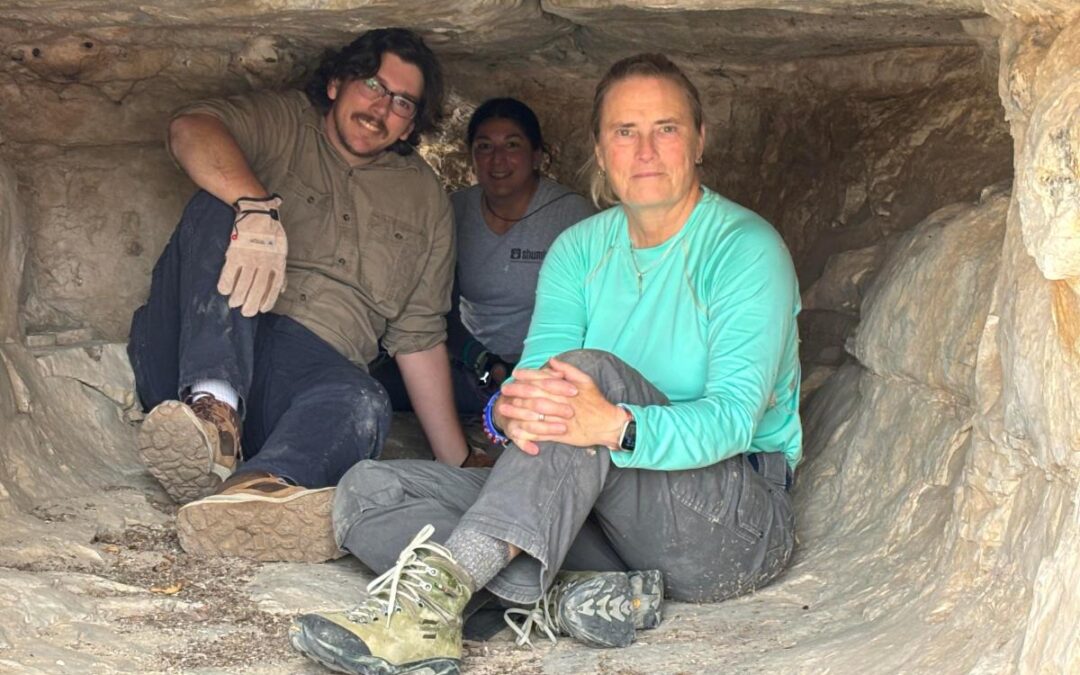
As my tour guiding partner likes to say, “Kelly, you are an enthusiastic volunteer.” When Shumla preservation archaeologist Diana Radillo Rolón asked me to join them for a rock art documentation excursion I immediately said “Yes!”
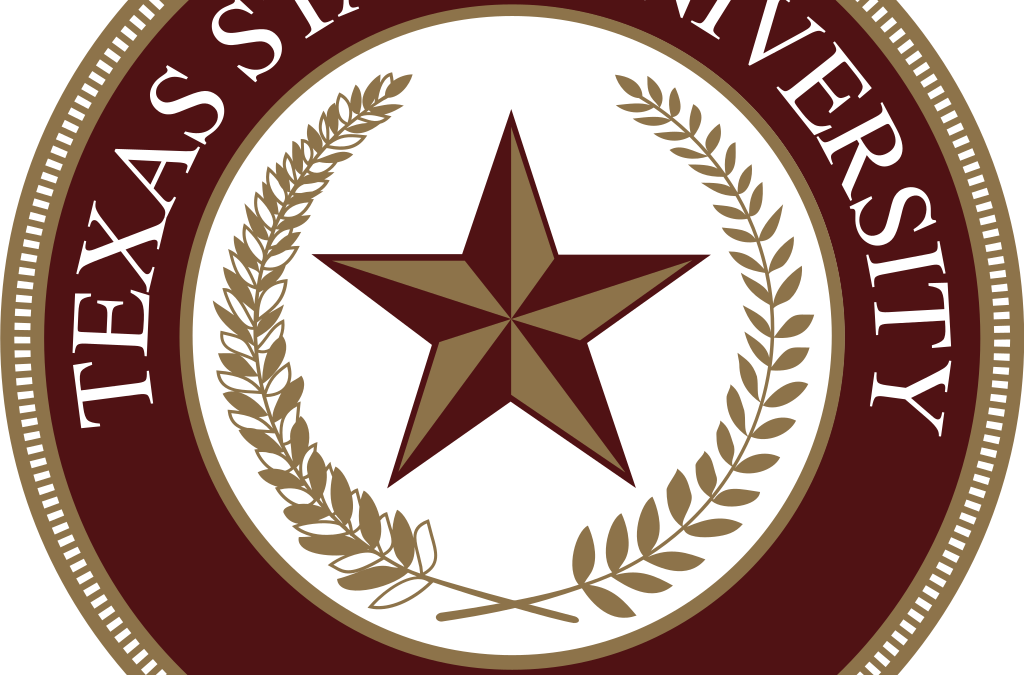
Robert Stein volunteered for Shumla during his Fall semester of 2023. During his time working with Shumla, he has worked on digitizing physical collections of Pecos River Style rock art documentation donated to Shumla.
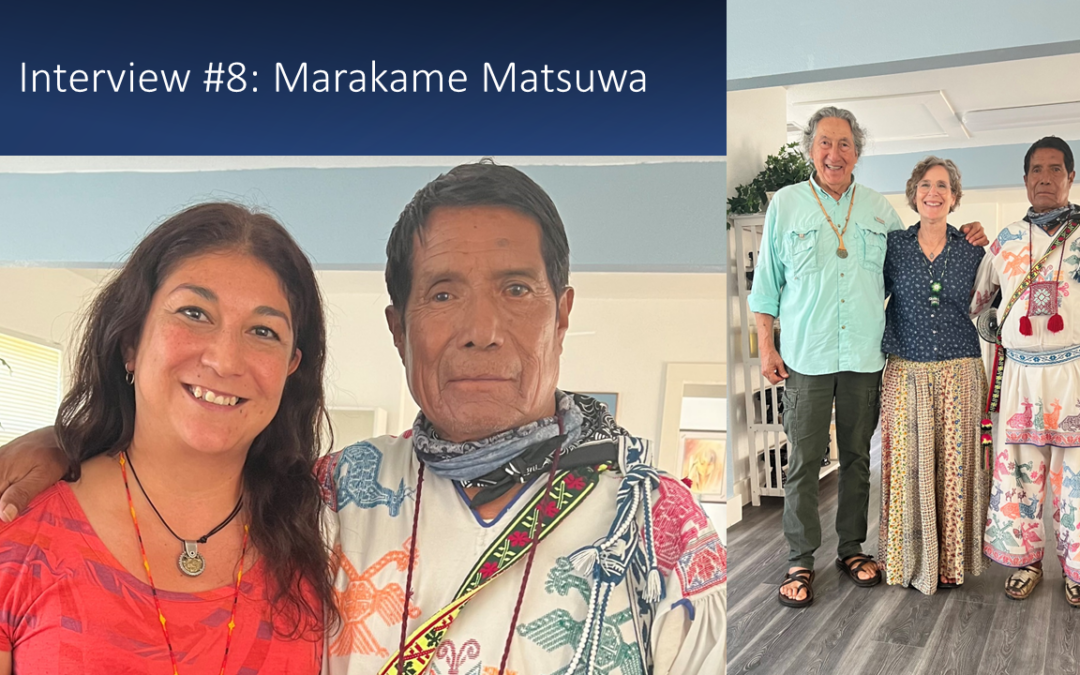
The contrast between field work and lab work is often striking, and our experience in Mexico is no exception. We left the spontaneous and unpredictable fieldwork conducted in the wide-open spaces of the sierras to begin our deliberate and meticulous lab work, stuck in front of a computer for hours on end.
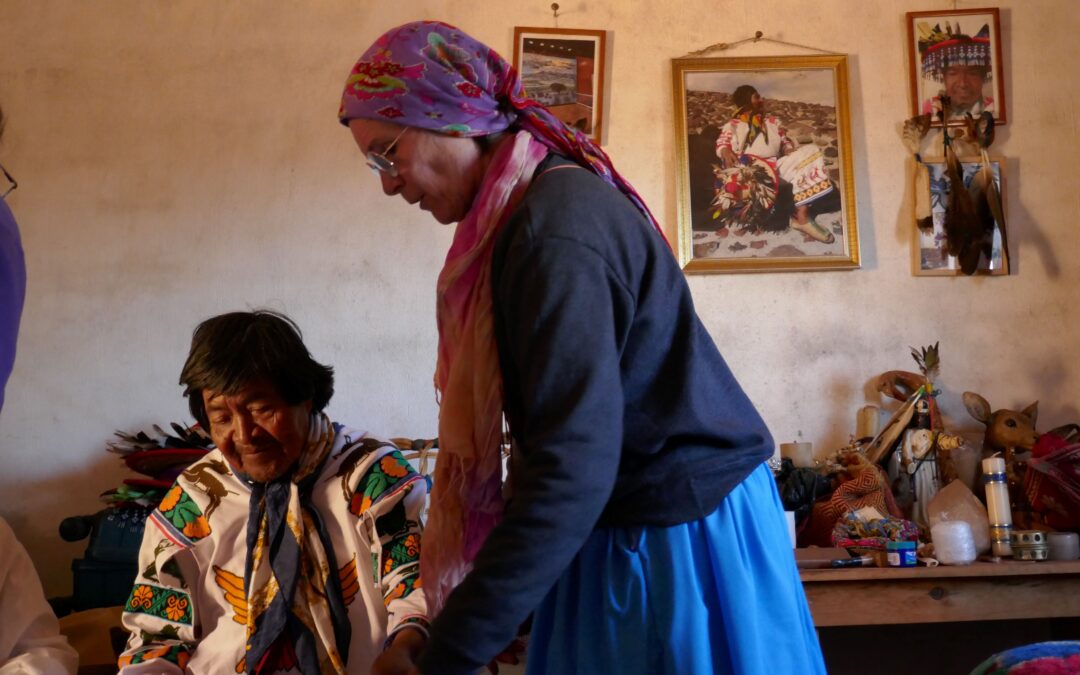
In 2016, Carolyn Boyd and Kim Cox suggested that Pecos River style (PRS) murals are visual narratives containing evidence of el nucleo duro (the hard nucleus), a widespread Archaic core of beliefs persisting across time and across cultural, linguistic, and geographic boundaries. If this is true, then Indigenous people living today should be able to relate PRS imagery to their cosmology. In 2021, Carolyn was awarded a National Endowment for the Humanities (NEH) grant through her position at Texas State University to test this hypothesis and Shumla received a subaward as part of this collaborative grant.
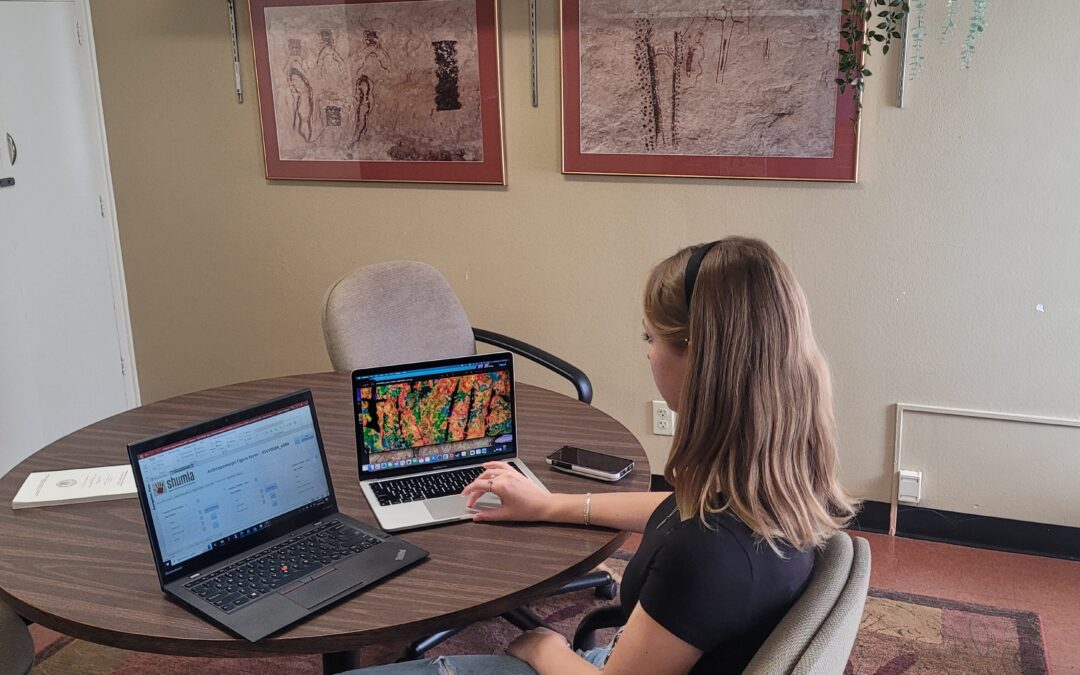
Chloe Bluemel started volunteering at Shumla on July 24, 2023. During my time, she has analyzed the anthropomorphs depicted on the walls of Jaguar Shelter, written extensive descriptions, and entered this information into the Shumla database.
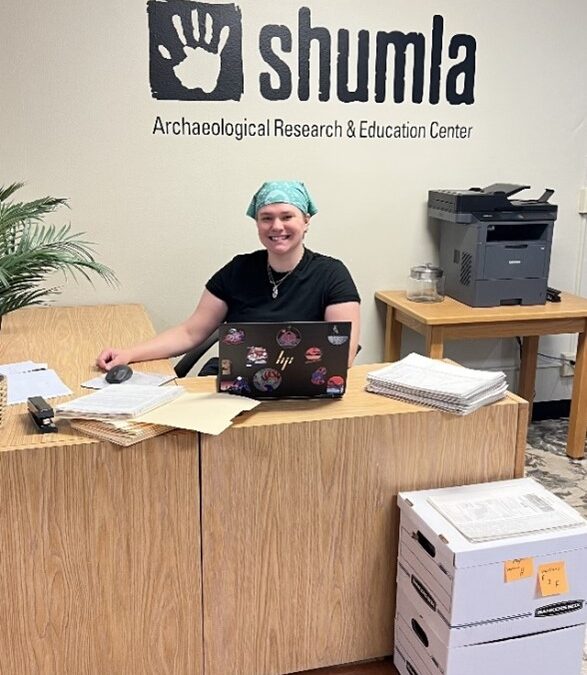
Former Shumla Intern, Madeline Okkonen, recalls her experience as an intern in San Marcos in the spring of 2023. She retells her time on an archive research and mapping project as well as fieldwork training with the crew to learn about the Shumla Method of Rock Art Documentation.

